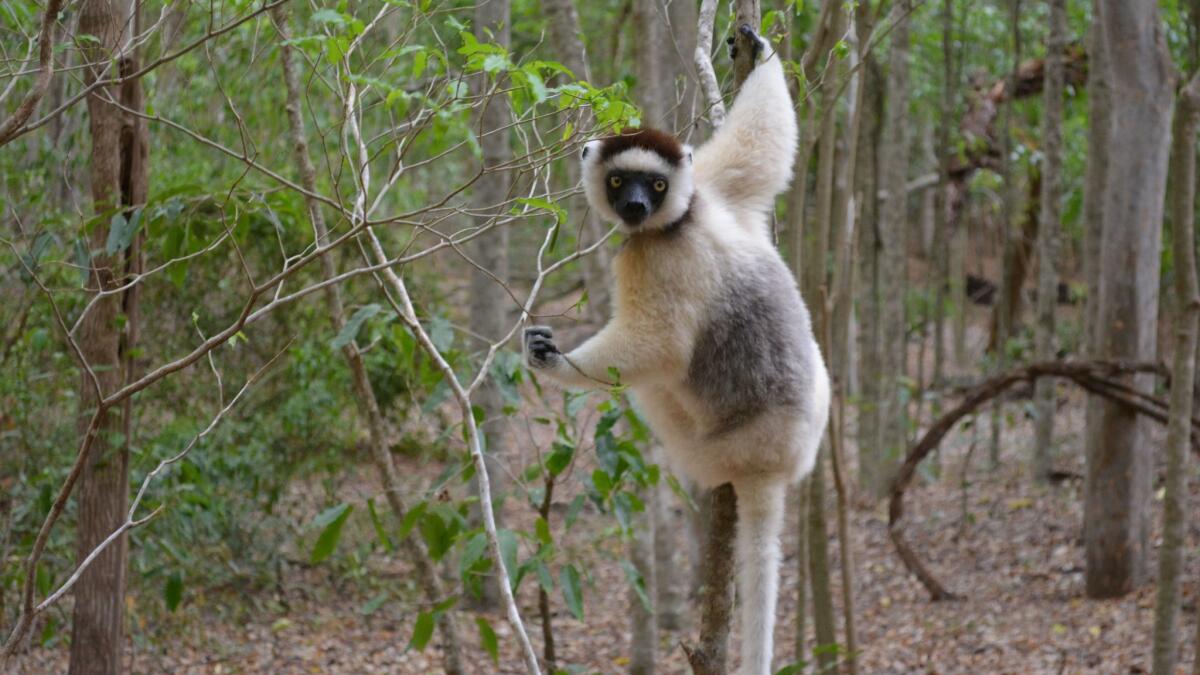Opinion: Madagascar has too many people, and its dwindling lemur population is proof

To the editor: The sad story of the destruction of the unique wildlife of Madagascar reported in The Times had one glaring omission: It did not mention of the real cause of the destruction. (“Madagascar’s lemurs lurch toward extinction, but there could be a way to save them,” June 7)
The human population of Madagascar has exploded and continues to grow at an unsustainable rate. In 1960 the population was 5 million; this year it has passed 25 million and continues to grow at a rate of nearly 3% per year. In a country where most of the people survive on the natural resources of the forests and subsistence agriculture, this is a formula guaranteed to lead to total devastation.
Since the real cause of the problem is not even acknowledged, I see no hope of saving the lemurs, the forest or the impoverished people of Madagascar.
John La Grange, Solana Beach
..
To the editor: This is another heartbreaking story about wildlife dying so humans can continue to overpopulate, abuse and decimate the planet.
Soon there may be no more lemurs; the same is true for elephants, lions, tigers and rhinos. They are slaughtered daily in their homes for the benefit of humans, some of whom take pride in hanging their corpses on their walls.
Well-meaning critics of zoos want all animals to live happily in their natural habitat. What habitat? Really well-run zoos, also known as conservation centers, may be the last hope for many species.
Want to learn about the lemurs that once lived in the wild? Visit the zoo.
Patricia LoVerme, South Pasadena
Follow the Opinion section on Twitter @latimesopinion and Facebook
More to Read
A cure for the common opinion
Get thought-provoking perspectives with our weekly newsletter.
You may occasionally receive promotional content from the Los Angeles Times.










